
INSIDE THIS EDITION:
- WINTER TREES by William Carlos Williams
- TRAVEL STORIES: Mark Guyer, Ken Nordstrom, Elizabeth Mosier, and Ruth Guyer
- LONG BEFORE US by Bill Carpenter
- COMING IN FEB: BLACK HISTORY MONTH AT NEW YORK HISTORICAL SOCIETY
Winter Trees
by William Carlos Williams
All the complicated details
of the attiring and
the disattiring are completed!
A liquid moon
moves gently among
the long branches.
Thus having prepared their buds
against a sure winter
the wise trees
stand sleeping in the cold.
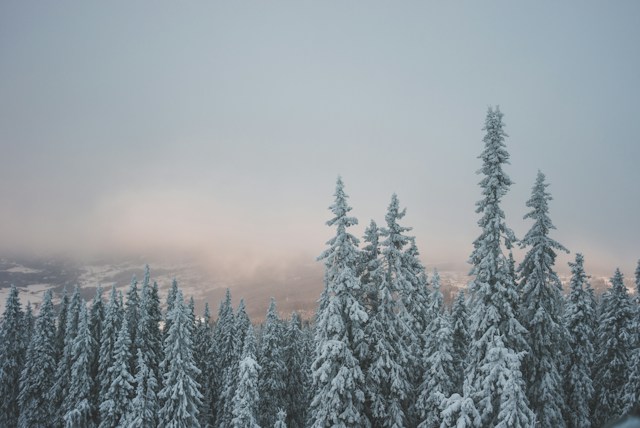
Travel Stories from “Charles Darwin as Influencer of Literature and Art”
Coordinated by Rith Levy Guyer and Elizabeth Mosier
Ruth Guyer: “In all of the 30 plus years that I have taught, I’ve always begun classes and workshops by going around the room and asking each participant to briefly state standard information—name, why taking the course—and then I ask for a further comment that relates to the class. For this one, I thought that, because Darwin’s pivotal experience in life was his five-year journey on the Beagle, it would be great to hear about a memorable journey that people had taken—whether recent or past, real or metaphorical, wonderful or voyage-from-hell.”

Mark Guyer
I was in Beijing for a meeting of the International Consortium on Sequencing the Human Genome, and our hosts had scheduled several cultural visits for us. One was to the Great Wall of China. I was mildly interested in seeing the Wall but didn't expect too much of the visit. After all, over many years, I had seen the Wall in many photographs in books, magazine articles, postcards and on television, on tee-shirts, on mugs, on keychains, and on all kinds of souvenir artifacts. And, when we got out of the bus, the scene reminded me of Coney Island, with souvenir vendors, food hawkers, several guides asking for our business, etc. Passing all of those, we climbed a set of inside stairs up to the top of the wall. And then I emerged from the darkened stairwell into the bright light of a beautiful day, and was completely blown away.
The Wall ran sinuously up and down hills for miles and miles and miles, as far as one could see. It was breath-taking and for all that I thought I had seen in pictures of it, I had never seen anything so awesome. My lesson for the day was that world-wide cultural icons are so for a reason.
Ken Nordstrom: A Journey that Launched My Lifetime of Learning
It was the summer of 1962, and I was a recent high school grad who’d spent life confined to New England, when I got the chance to join a cross-country road trip, bound for the YMCA Camp of the Rockies in Estes Park, Colorado. My local church had selected me to represent them as part of a national youth conventicle.
The flat fields of Iowa and Kansas made a lasting impression. Though dull and endless, the far-off horizon sightline was an eye-popping contrast to the torturous peaks-and-valleys contour back home. And the exposure to hundreds of teenagers of different backgrounds from every corner of America – urban to rural and everything in between – shifted my focus from variations in geography to human diversity.
It’s been decades since I’ve darkened the door of my adolescent chapel, or any other church. And I certainly don’t harbor a secret desire to visit those prairielands and cornfields. Still, that transcontinental voyage was iconoclastic. It certainly wasn’t Travels With Charley, and since then I’ve traveled the globe on exotic cruises and at Olympic games. But that humble trip punched way above its weight in lasting impact. I had crossed a Rubicon and left my provincialism behind, just in time for college. I was perfectly poised for professors to fill in my tabula rasa with all the details of lifelong learning that were ahead of me.
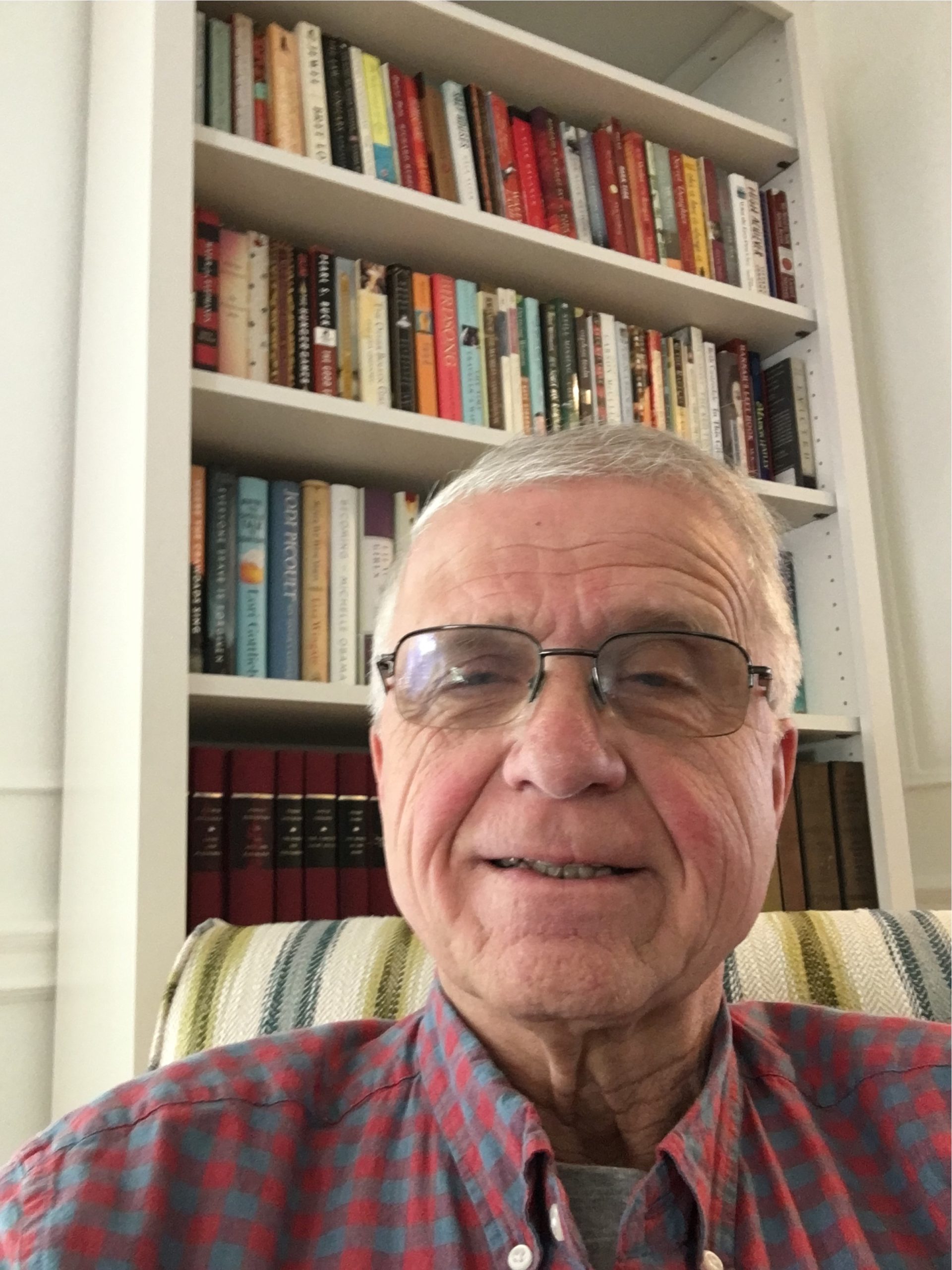
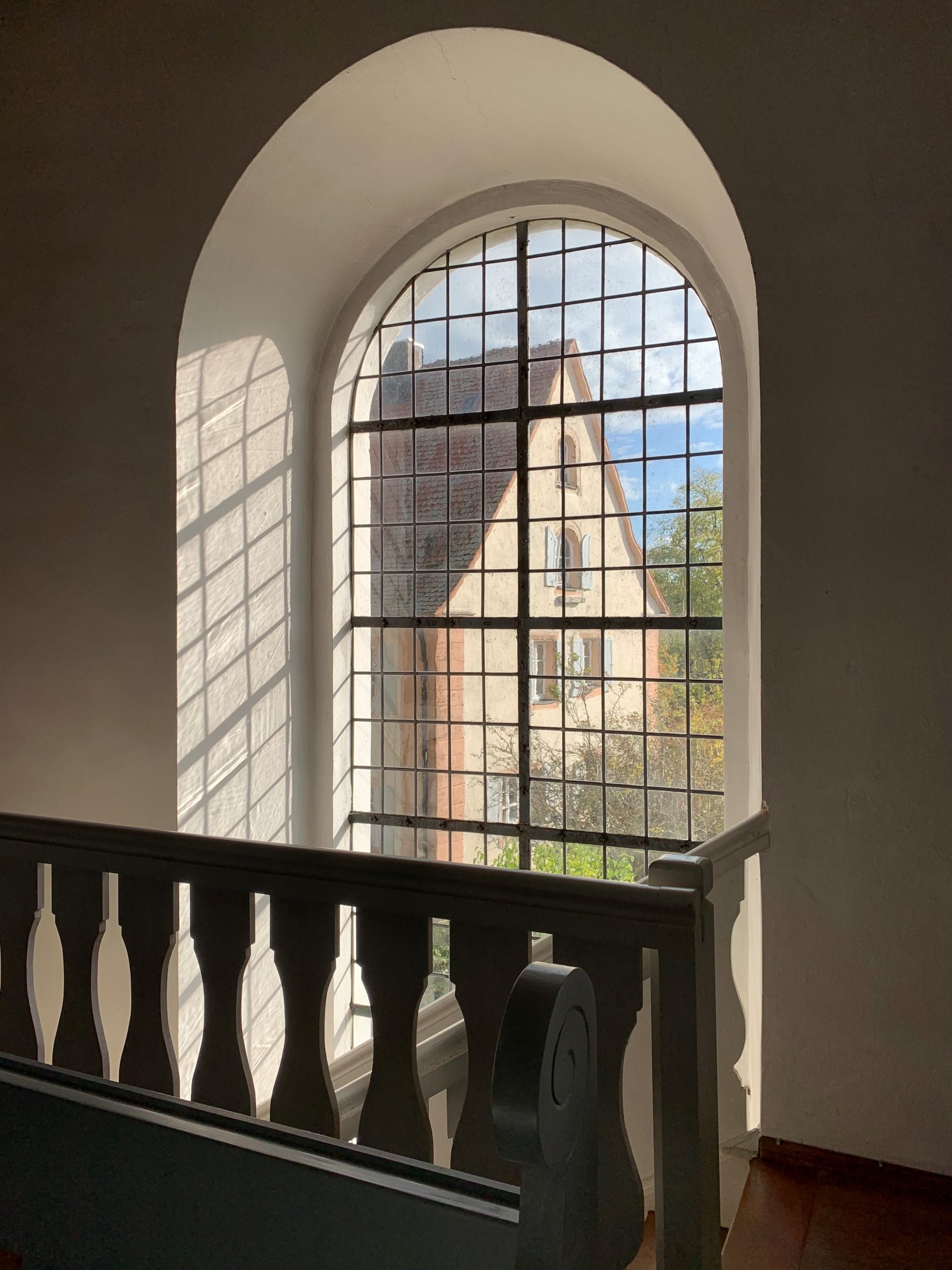
Interior, St. Wenzeslaus - Evangelical Lutheran Parish of Weißenkirchberg
Photo credit: Elizabeth Mosier
Elizabeth Mosier: Auf Deutsch
Last year, I traveled to Germany to visit the tiny Bavarian towns where my Moser (original spelling) ancestors, peasant farmers, lived before sailing in 1765 to Philadelphia’s port and settling quite near to where, coincidentally, I live now. Those family members who learned and spoke English thrived in America; those who didn’t had their opportunities curtailed. My father and his brother were the first generation in their family to go to college; my brothers and I were the second.
In college, I continued the study of German that I had begun in high school, taking enough courses for a minor. Then, during the COVID-19 shutdown, I unpacked my German from the deep storage of memory, where it had languished, unused, for 35 years. I refreshed my grammar (with the help of my old college textbook and an online class) and practiced speaking (at Middlebury College’s language immersion program and with a local German conversation group).
As a writer who has made her living with words, I find I enjoy the struggle of trying to make myself understood in this notoriously difficult language, which requires me to slow down and pay attention to nuance in meaning. But I didn’t fully understand my urgency in reclaiming my German until I traveled to Weißenkirchberg, where I rang the doorbell of the Pfarrhaus (parsonage) next to the Lutheran church where my 17th-century ancestors were baptized and married. The Pfarrer leaned out of the second-floor window to see who was calling. All my effort seemed to lead to this moment, when his puzzled expression relaxed into a welcoming smile as I called up to him, “Könnten Sie bitte herunterkommen und mir die Tür der Kirche öffnen?” [“Could you please come down and open the church door for me?”]
Ruth Guyer: My visit to Darwin’s home (Down House) in the village of Downe
Charles Darwin and his wife Emma moved to Down House with two children in 1842 and remained there all of their lives… eventually having ten children. It was there that he wrote all of his books and articles, works that forever changed the way we think of our origins, earth’s geology, and so much else. I’ve long been a fan of Darwin, so Mark and I made a pilgrimage there on a trip to London about 8 years ago.
The train ride from London was lovely, about 16 miles, and it was really possible to experience the house, garden, sand walk, and ambiance that Darwin himself experienced… so very very peaceful and pretty much unchanged from the way it was one and a half centuries ago. We wandered around the house (organized as a museum), and then we went outside to walk along his Thinking Path, where ideas cooked in his head, where he made further observations of nature, and where he formulated his zeitgeist-changing theories. We strolled the way we knew Darwin had strolled—hands clasped behind our backs—to emulate his style. Suddenly, above us, five Royal Airforce Bomber jets screeched across the sky, spewing red, white and blue gases into the air, creating huge contrails and quickly ending our serene Darwinian reverie. So much for replicating Darwin’s experience!
By the way, Down House lacks the “e” that the village of Downe has (in case you were wondering!).
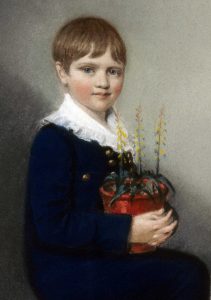
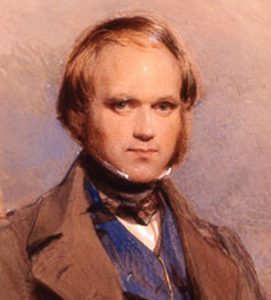
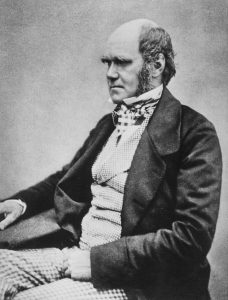
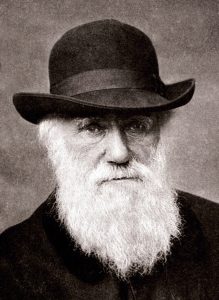
Long Before Us
by Bill Carpenter
On one day in October of this past year, at least 1,000 birds died from flying into a single building in Chicago. This happened while the birds were migrating over McCormick Place, the largest convention center in North America, which is largely covered in glass. Window strikes are one of the largest causes of bird deaths annually in the US, estimated to be at least one million. Please consider putting translucent stickers on your windows and keeping your cats indoors.
The following poem deals with the plethora of obstacles birds have overcome in the course of their evolution on the planet. Currently, along with many other species, bird numbers are decreasing rapidly. Will birds survive the Anthropocene, the era of human intrusions on the wild places of this world? Let’s do what we can, to keep the variety and numbers of species healthy and active.
Long Before Us
Long before us
birds saw the curvature of earth,
knew it was round, mapped the stars
and detected the planet’s magnetic field
to guide them on transcontinental migrations.
Long before us
birds had a map of the world,
adapted to its jungles, plains, swamps,
woodlands, deserts, oceans,
even ice-sculpted Arctic regions.
Long before us
birds had culture, sang
to greet the day, danced to entice mates,
built structures to house their chicks,
taught their young what they didn’t already know.
Long before us
birds lived in harmony with the seasons,
never taking more than they needed,
sowing the seeds of fruit-bearing trees
and pollinating its flowering plants.
Long before us
birds survived earth’s calamities,
its droughts, storms, fires and floods,
even the asteroid strike
that killed off most of life on earth.
Long before us …
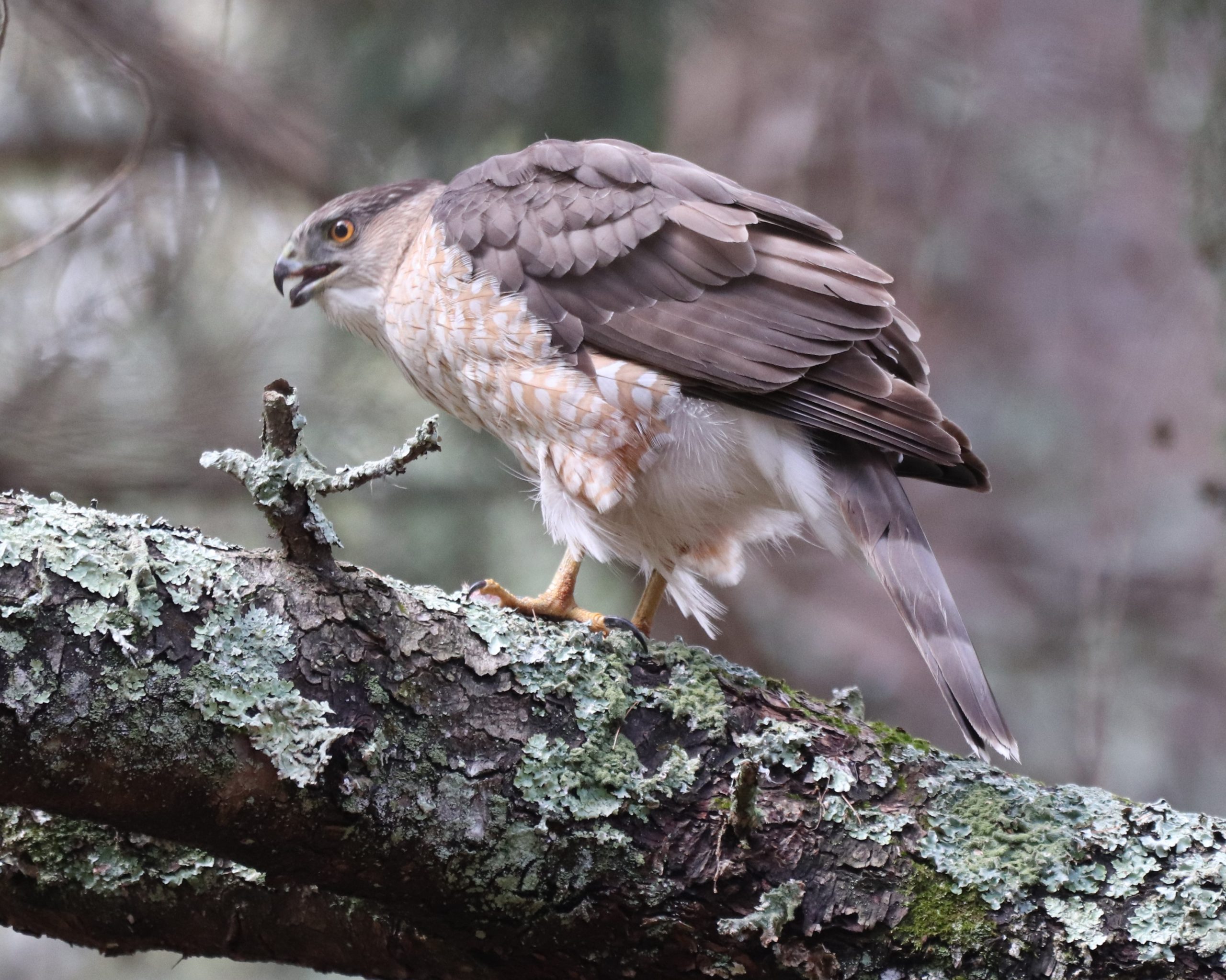
Photo credit: Bill Carpenter
February is Black History Month
The New York Historical Society Museum and Library is honoring the contributions of Black Americans through engaging exhibitions, virtual programs, and guided tours that spotlight inspiring stories and pivotal moments in the struggle for racial equality.
Featured Exhibitions
Running for Civil Rights: The New York Pioneer Club, 1936–1976 (closing February 25)
Click for more information.
Discover the history behind the New York City Marathon through the activism and innovation of the New York Pioneer Club and the New York Road Runners. This exhibition reveals the critical contributions of two African Americans, Joe Yancey and Ted Corbitt, and their determination to open the sport of long-distance running to all, regardless of race, gender, or ability.
Our Composite Nation: Frederick Douglass’ America (ongoing)
Click for more information.
Gain insights into Frederick Douglass' vision of freedom, citizenship, and equal rights from his "Composite Nation" speech, a hopeful plea for the United States to live up to its founding ideals.
Personalized tours last one hour, are led by Museum docents or curators, and include 10% off at the NYHistory Store and general admission to the Museum.
Virtual Presentations
Black Citizenship in the Age of Jim Crow
Click for more information.
This presentation, based on a past exhibition, explores Black Americans' struggle for full citizenship and equality in the 50 years after the Civil War. Learn about this dark chapter of history as well as Black New Yorkers’ organizing and community building in the face of discrimination.
